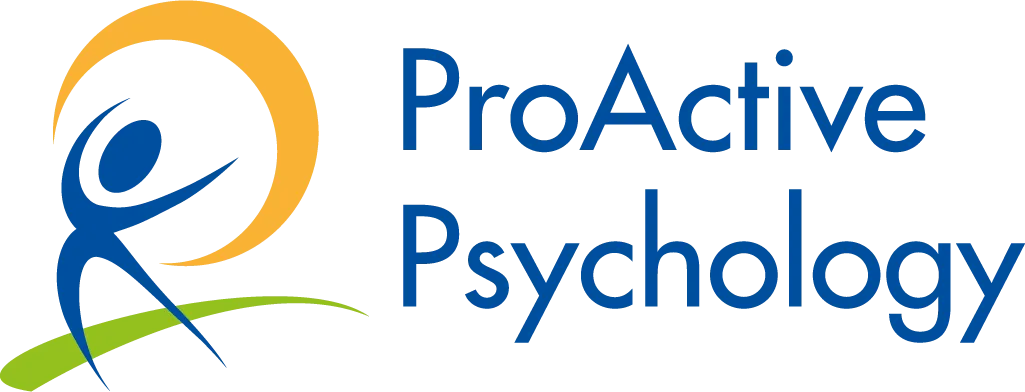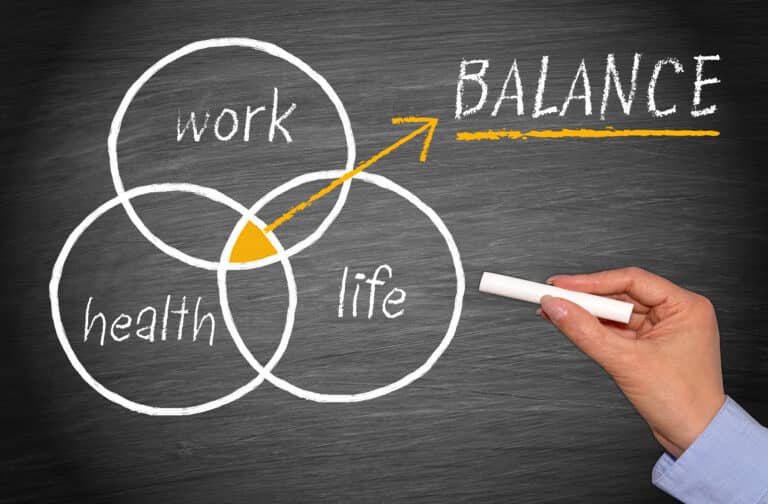Six Strategies for Work-life Integration
Something that I have learned recently is that self-care and having a work-life integration is critical to be at your best. You need to look after yourself to be at your peak performance level and your peak happiness level – as one once said, you cannot pour from an empty cup!
Self-care often takes a backseat to the other things happening in our lives. We are often juggling multiple things like our jobs, our families and our social lives. Self-care is usually not a priority, and we think we are selfish for taking time for ourselves. But if we are under constant stress, and we don’t take time for ourselves; this can lead to emotional exhaustion or burnout (Reach Out, n.d.).
So how do we manage the seemingly impossible task of managing all our roles? By following these steps:
1. Get into a good routine

A routine is a great way to manage time and ensure all our tasks get done – including our self-care strategies! Habits make us feel safe and keep us happy. Do you have a morning routine? Maybe you haven’t found the right one yet because you are always running late. If you find that something doesn’t work for you – that’s great! It gets you one step closer to finding out what will work.
Many of us have had our routines disrupted recently as the COVID-19 pandemic has caused us to work from home. While working from home has added some great flexibility to some working roles, it has also had many downfalls. Without the rush of having to get ready and head to work, many people have found their motivation dwindling. For many people, not leaving the house has meant not needing to shower, change clothes, brush teeth – all of the regular morning rituals. This kind of self-neglect can have a powerful impact on mood, so it is essential to try and keep to a routine as much as possible.
Sometimes it can be helpful to write up a schedule to make time for all the things you need to do. Indeed, this can be particularly helpful for high school and university students. You can start this by making a list of all the things you need to do. Then you need to draw up a calendar and assign your tasks to different times of the day. Some jobs will have obvious places, while others won’t. You may choose to arrange your tasks according to your concentration/attention levels. If like me, you find that you have peak attention in the morning and a bit of a lull after lunch, then you may assign your more difficult/intricate tasks for the morning and tasks that you find more natural for the afternoon. Don’t forget to schedule your self-care activities too (more below). I usually do one before I start working in the morning and one before I go to sleep in the evening.
2. Organising your home office
If you are working from home and are experiencing reduced motivation (as I mentioned above), one of the reasons may be because your work environment is disorganised. Maybe you don’t even have a designated workspace! If this is the case, you may find that you are not working at your best. To create an inspiring work environment:
- Choose an area of your home that is suitable – look for good lighting, a quiet environment, and try to stay away from places where you sleep or rest as working in the same environment as where you sleep can affect your sleep quality
- Choose a desk that is big enough for what you need – if the desk is too small you will feel cramped and stressed
- Declutter your desk regularly and ensure that everything has a place so that it doesn’t end up left on your desk
- Organise your stationery and other vital tools so that they are not in the way. You can store these in drawers, or you may buy some containers to put them in
- Personalise your work environment. You may have coloured stationery. You may have a pinboard to put all your relevant documents and notices on. You may have photos of your family or inspiring phrases posted around your desk. Whatever makes you feel inspired – do it!
3. Returning to the work office
Over the coming months, those working from home will find themselves returning to the office. Inevitably, this will involve some adjustment as our (sometimes bad) habits will need to change. If you are returning to the office:
- Give yourself plenty of time to get ready. If this means waking up earlier than you have been, just do it – it’s not worth the added stress of running late on your first day back to the office
- Anticipate traffic. Note, this may have died down over recent months but will go back to normal when work goes back
- Prepare for distractions! If you have been working from home, you may have become used to a quiet environment with no distractions. On the other hand, you may have had your whole family home, interrupting you every five minutes. Returning to the office means a new set of distractions – the phone ringing, emails, meetings, noisy co-worker. Be prepared for your efficiency to drop upon returning to the office
- Wash your hands! Yes, we keep hearing it on all the government advertisements. While working at home, it has not been something that we’ve needed to think about because we have only been around our families. But when you go back to work, it is essential to remember to keep your hands clean, keep physical distance and to stay home if you are unwell.
4. Self-care
Self-care is a critical part of your routine. Ideally, you should be practising it every day, not just reserving it for when you are stressed. If you practice self-care regularly, it can prevent stress from building up. You can practice self-care by unplugging and releasing muscle tension.
5. Unplugging
You’ve heard it before: being on your phone always can have negative consequences. Blue light from your phone can slow down the release of melatonin (Harvard Health, 2012), a hormone which tells your body when it is time to sleep (Web MD, n.d.), thus disrupting your sleep patterns. Keeping up with social media also puts pressure on us, with some studies showing that Facebook can be addictive (Chakraborty, 2017). With all this technology available, it is vital to distinguish between practical usage and unhelpful usage – when are we using it and when is it using us? Monitoring phone usage is a good idea, particularly limiting usage before bed. It’s critical to think about why you are using it each time you are on it – if it’s because you are bored, consider doing a more relaxing activity like reading, watching a movie, baking etc.
6. Releasing muscle tension
If you are stressed, you are likely carrying muscle tension in your body. Think about it now – are there areas where you feel stiff or tense? Common areas to carry tension are jaw, stomach and head, but you may feel it all over your body. Stress is caused by the fight or flight response, which is your body’s natural response to stressors. The fight or flight response is an evolutionary response designed to fight physical stressors, like aggressive animals. When your body tenses up, it is preparing for this.
An easy way to release this tension is exercise. The Department of Health (2019) recommends 2.5 to 5 hours of moderate exercise or 1.25 to 2.5 hours of intense training per week, but any amount of activity is beneficial! I usually walk around the block in the morning and find that it is a great way to start my day – getting my blood pumping allows me to wake up and feel ready to start the day!
Progressive muscle relaxation is another way to release tension. During progressive muscle relaxation, you tense particular muscle groups for a few seconds and then slowly release them, paying attention to the way your body feels when the tension is released. You can practice progressive muscle relaxation by reading from a script (such as the one here), listening to an audio track (like the one here) or practising on your own. Progressive muscle relaxation can help with anxiety and sleep problems (University of Michigan, 2019).
Now more than ever, it is important to practice self-care and maintain a work-life integration. Try out these strategies and see which ones work for you. Remember that self-care is critical and that looking after yourself is not selfish! You can’t work at your best unless you look after yourself first.
References
Chakraborty, (2016). Facebook addiction: An emerging problem. The American Journal of Psychiatry, 11(12), 7-9. doi: 10.1176/appi.ajp-rj.2016.111203
Department of Health (2019). Australia’s physical activity and sedentary behaviour guidelines and the Australian 24-hour movement guidelines. Retrieved 20 June, 2020, from https://www1.health.gov.au/internet/main/publishing.nsf/Content/health-pubhlth-strateg-phys-act-guidelines#npa1864
Harvard Health (2012). Blue light has a dark side. Retrieved 20 June, 2020, from https://www.health.harvard.edu/staying-healthy/blue-light-has-a-dark-side
Reach Out (n.d.). What is burnout? Retrieved 16 June, 2020, from https://au.reachout.com/articles/burnout-and-chronic-stress
University of Michigan (2019). Stress management: Doing progressive muscle relaxation. Retrieved 23 June, 2020, from https://www.uofmhealth.org/health-library/uz2225
Web MD (n.d.) Melatonin. Retrieved 20 June, 2020, from https://www.webmd.com/vitamins/ai/ingredientmono-940/melatonin


